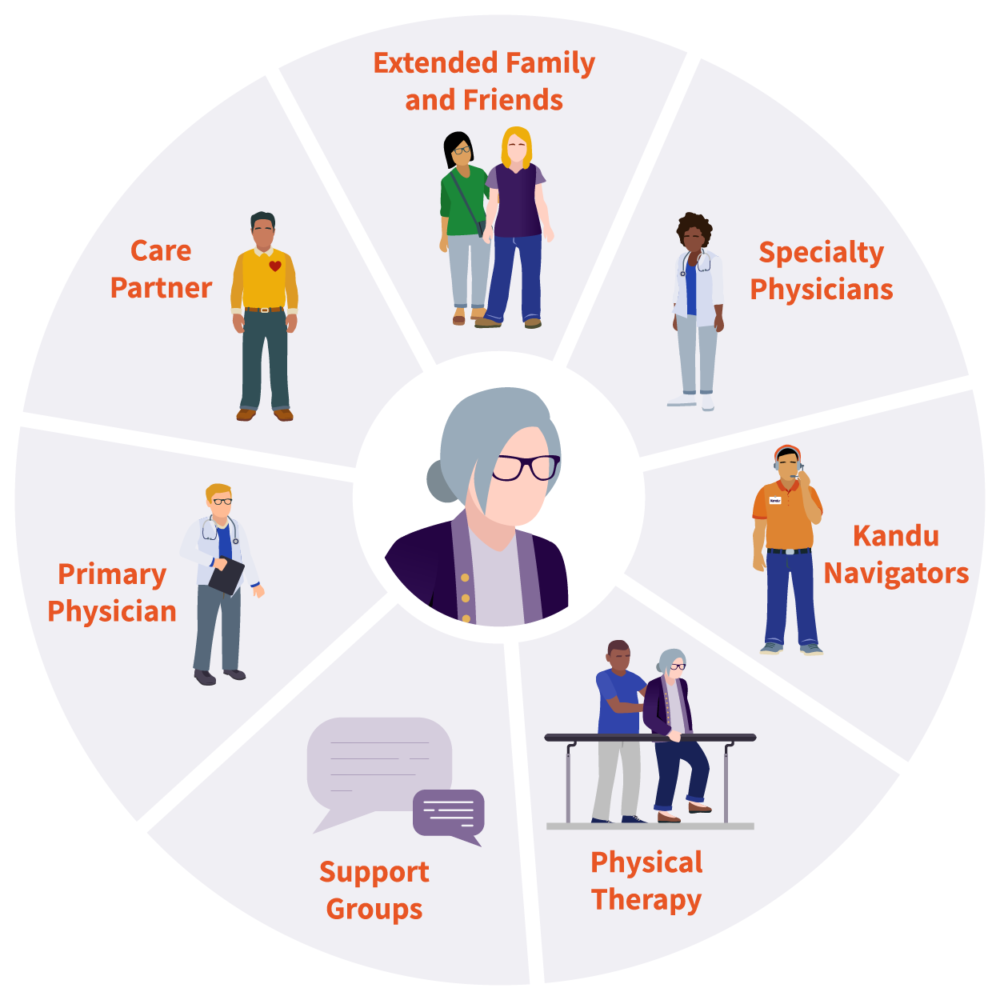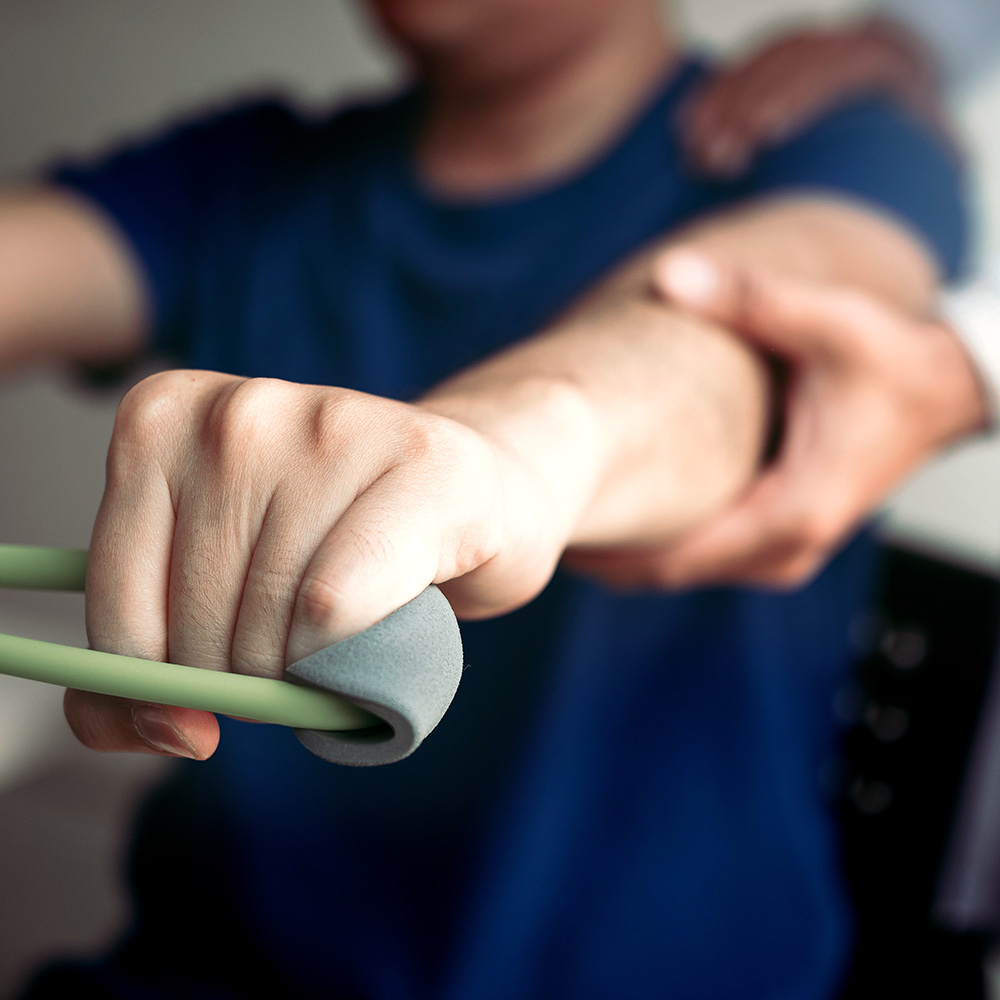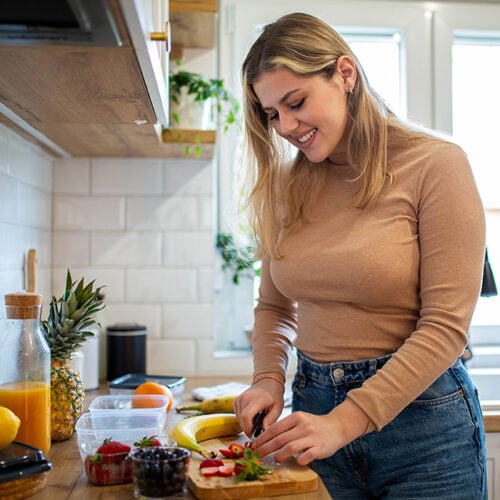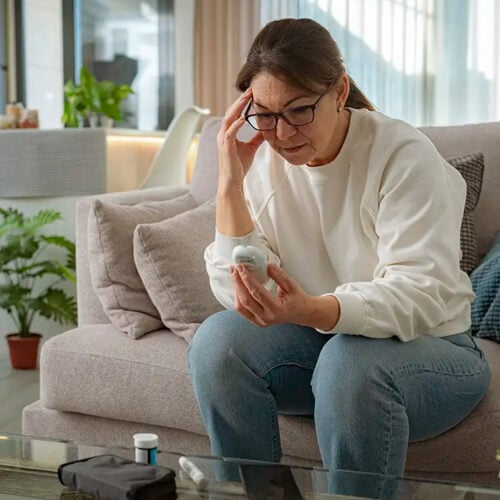Three Things You Can Do to Support Your Stroke Recovery
1
Set Up Your Support System
An important part of stroke recovery is connecting with people who can support you during this process. This may include friends, family, neighbors, and other stroke survivors. Many people do not anticipate being in a position where they need to ask for help and may not be prepared for these situations. You might struggle with knowing where to start when asking someone for help. Recognizing your needs and asking for support is a sign of awareness and strength. Leaning on your community and support system allows you to focus on your recovery. Your support system can help you with everyday activities, such as transportation to appointments, picking up groceries, arranging for meal delivery services, and running other errands.

2
Set Up Your Home for Safety
Depending on your needs, you may need to make some adjustments to your home after your stroke. Small changes can prevent a potentially larger problem, such as a fall or the inability to access certain areas of your home. Consider asking a friend or relative to help you with making certain modifications to your home. Many falls happen in the bathroom. You may want to talk with your physical or occupational therapist about strategies to safely use your shower, toilet, and sink. Your Kandu Navigator can also conduct a virtual home safety assessment to identify helpful changes for your living spaces.
To Increase Access and Avoid Falls in Your Home:
- Remove or secure any loose rugs
- Put away any objects on the floor
- Add night lights or lamps to dark areas, so you can see better at night
- Rearrange your furniture, so it is easier to get from one room to another
- Keep your frequently used items in the bathroom, kitchen, or within easy reach
- Install grab bars to use for support when you are sitting down or standing up
- Install a ramp if you are using a walker or wheelchair, and
- Remove doors from their hinges to create a wider pathway
3
Start Rehabilitation
Research has found the brain has the best chance of recovery in the first three months after a stroke. Many stroke survivors report seeing the most progress when starting therapy as soon as possible after their stroke. This is because of neuroplasticity, or the brain’s ability to rewire itself.
Recovery looks different for each stroke survivor. Some people recover more quickly, while others need intensive therapies or more time to rest. While some survivors may rebuild many of the abilities from before their stroke, other survivors will need to learn new strategies to accomplish certain tasks.
Maintain an ongoing conversation with your rehabilitation therapy team about your goals and what you want to focus on during therapy. As you take charge of your recovery, you are more likely to improve your skills and abilities.



